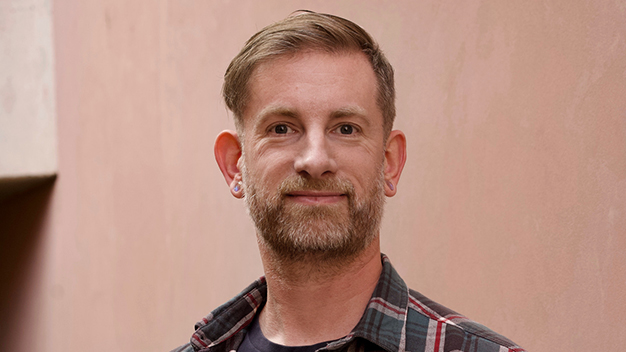dplyr 0.7.0 is a major release including over 100 bug fixes and improvements. dplyr provides a “grammar” of data transformation, making it easy and elegant to solve the most common data manipulation challenges. dplyr supports multiple backends: as well as in-memory data frames, you can also use it with remote SQL databases. There are two big changes: Improved tools for connecting to databases Tidyeval, a new framework for programming with dplyr In this webinar, you’ll learn about both of these big new features, and along the way you’ll see a bunch of smaller features, and learn about some other changes in the Tidyverse.

Hadley is Chief Scientist at Posit PBC, winner of the 2019 COPSS award, and a member of the R Foundation. He builds tools (both computational and cognitive) to make data science easier, faster, and more fun. His work includes packages for data science (like the tidyverse, which includes ggplot2, dplyr, and tidyr)and principled software development (e.g. roxygen2, testthat, and pkgdown). He is also a writer, educator, and speaker promoting the use of R for data science.